How Many Shots to Sight-In a Rifle, REALLY
I’ve in the midst of sighting in a bunch of deer rifles. I changed out a good number of scopes over the past year, and now 30-some years of experience is coming to bear. In general I can say that I have been on the paper with the first shot and it has taken about 15 shot to be confident with each rifle. Angus is just starting out with his WIN 670, and it has taken him 40. Both those numbers seem high for a seasoned veteran. I said I had over 30 years of experience. I did not say they were all good.
First off, I would invite you to go back and read the last time I wrote on this subject.
I am not going to say I was wrong back in 2006. However, I do see room for refinements.
Refinement #1: I find no greater aid to being on the paper the first shot than owning a bore-sighter. I find as I get on in this that doing my own bore-sighting really helps. I bought my bore-sighter about the same time as I write the 2006 piece, and I did not know at the time how much it helps. If you are reading this with interest, you need one.
Refinement #2: Shooting @ 100 yards. Back in 2006, I did not see a whole lot of difference between sighting in at 25 yards, 50, or 100. There is truth there, but honestly, if you get to trusting your bore-sighting job, you can start at 100 yards. 25 or 50 will help you get your windage figured out, but you need to stretch out a bit to get elevation right. I’ll mention more on this later.
Refinement #3: I resist making adjustments to the scope before I really have a grasp of where the rifle is grouping. That means more than 2-3 shots.
Refinement #4: A huge lesson I’ve gradually come to learn is how much wind seems to influence my success. Our situation a the farm is such that we get a lot of wind, and this is especially so in the fall, right about the time we do the bulk of our work. The maximum wind deflection on a 30-06 bullet at 100 yards may be less than an inch, but that does not take into account the wind deflection on the shooter, the rifle, etc. Even north of 300 lbs I get blown around a lot. We had one day of shooting this fall that was pretty much a write-off. What we need to do is put up a 100 yard range that is oriented 90 degrees from our current N/S range. On days when we start getting a serious E/W wind, we need to switch orientation instead of trying to bull through it. If we had tried to do all our sighting-in work in dead-calm, I think we’d be done now with twice as many rifles and half the ammo.
I wrote recently about the influence of cheap scopes has had on my life. I’m not going to say that my penchant for bargain basement scopes has seriously affected my shooting over the years, but it has complicated the sighting-in process. Having sighted-in my first $270 scope, I can tell you that a scope that does an honest and consistent 1/4″ adjustment at 100 yards per click is a big deal.
Now let me reflect on what I had right back in 2006, and why I will never be an expensive scope snob.
The guys standing in line at Wally World the night before the Opener were not THAT far off. If you have a new, properly bore-sighted rifle you can probably hit a pie plate at 50 yards. Is that enough to go lobbing $2 a round bullets at Elk out West? No. Is it enough to put a whitetail down from your treestand out to 50 yards? Probably– depends on who did the bore-sighting. I’m not saying it is a good idea, but it is not all THAT bad either. The treestand helps. Shooting at 50 yards helps. You are not going to be THAT far off.
Another thing that got me to thinking as I pondered the 2006 article was all the see-thru mounts I’ve taken off rifles over the past decade. I dislike see-thru mounts intensely, however, those tall mounts have a distinct benefit if you want to be a goober with your scopes. Let’s just say you have an ‘Ought-Six you want to sight in. You put a $30 scope on it with see-thru mounts. You use whatever is on sale– 150 grain, 180-grain, Heck! You don’t know grains from beans. You go get a refrigerator box and put it out 25 yards from picnic table and start blasting. Later on, you move the box out into the field and shoot at 50 yards. Madness? A fools errand you say? Stupidity? A booger eating moron?
Not really. I was playing around with PointBlank software the other day while I was bored, and I figured out something. If you add an extra half-inch to the height of your scope and sight in dead-on at 50 yards, what happens is that you are about an inch or so high at 100 yards, dead-on again somewhere out past 150 yards and then. . .
” . . . so I just held on the top of the deer’s shoulder and pulled the trigger. The deer dropped like he was pole-axed.”
Ever heard that? Well, it is conceivably true. Assuming you’ve got things sighted in at 50 yards, anything out past 150 or so yards is going below the crosshairs. If you place the crosshairs on the deer’s back, the bullet will hit somewhere on the deer out to . . . well, it may be 300 yards, 350, somewhere pretty far out. If you are pulling this stunt, you probably don’t know anyway. The See-Thru sights actually help the situation a little because it increases the parallax and forces the rifle to shoot higher at 50 yards. What’s more, you can put any round you find in Walmart into the chamber and be fairly close by putting it dead-on out to 150 and holding it on the deer’s back out beyond that. I tried it with a bunch of bullets for 30-06 and 270WIN inside PointBlank. 30-30 WIN works too, but somewhere out beyond 200 yards, the bullet passes under the deer’s chest.
This post has already been read 735 times!
Views: 6
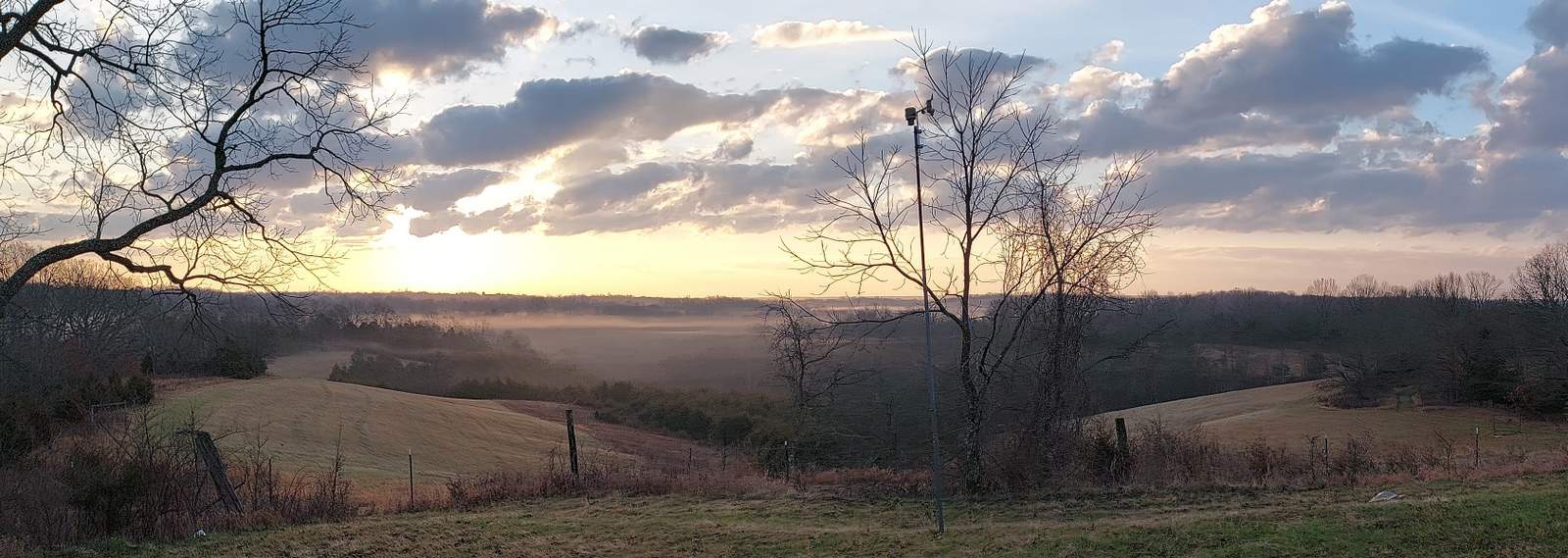
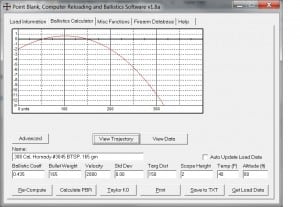
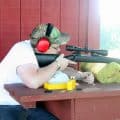
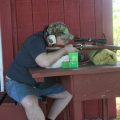

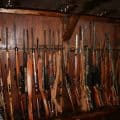
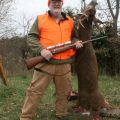
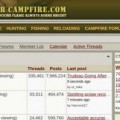
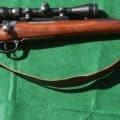

Pingback:How many shots do I need to sight-in a rifle? - Genesis9:2-4 Ministries